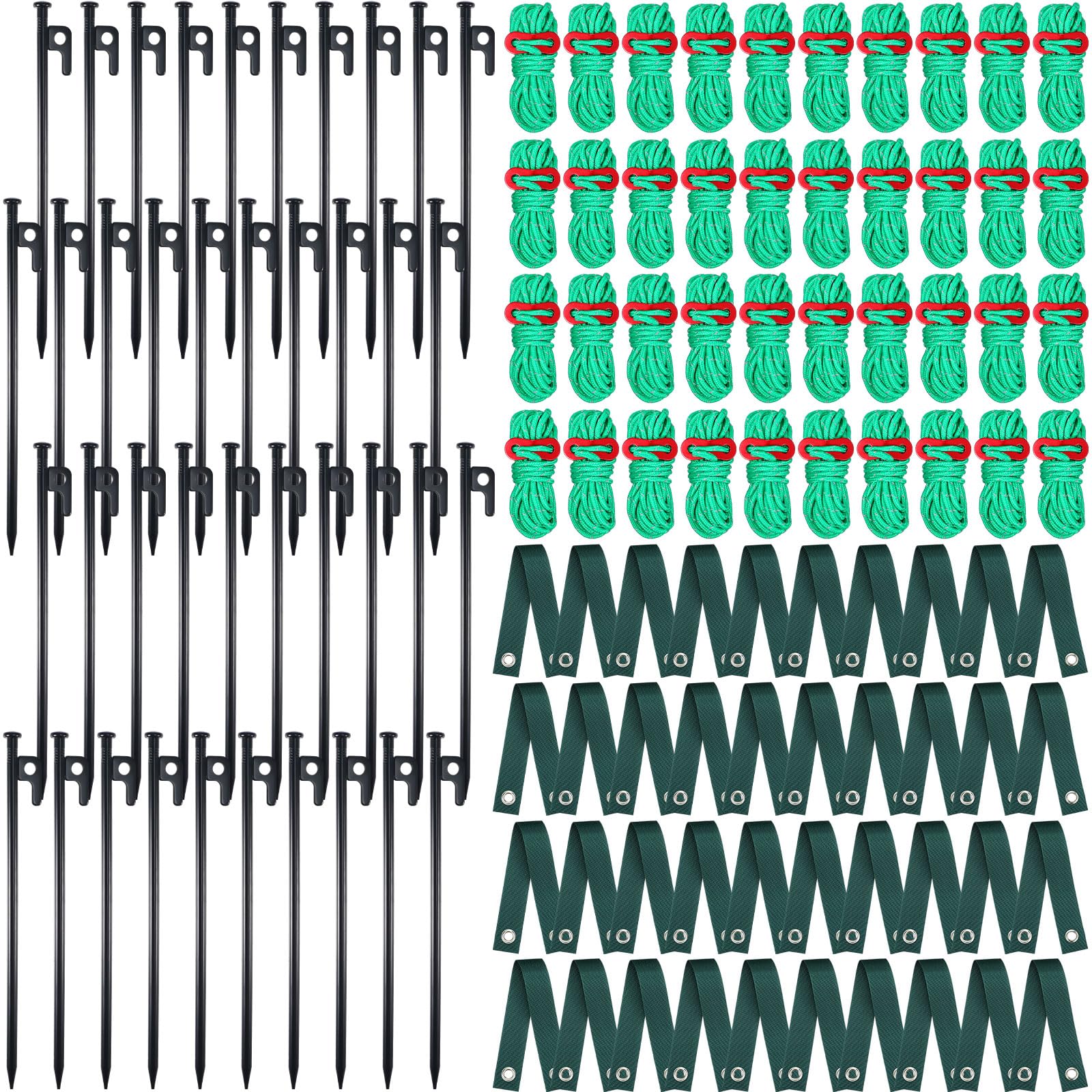Planting jujube trees at the right time is crucial for their growth and fruit production. Each season offers unique benefits for planting these remarkable trees, whether it's the warm days of summer or the crisp air of fall. Understanding the best times to plant jujube trees will help you establish a thriving garden and look forward to a bountiful harvest.
So, when is the best time to plant these vibrant trees in your backyard?
Key Takeaways
- Conduct a pH test and make necessary amendments to ensure well-drained soil with a pH range of 5.5 to 7.5.
- Improve soil structure and fertility by adding organic matter like compost or manure.
- Water deeply and regularly to help establish a strong root system and maintain a consistent watering schedule, especially during hot summer days.
- Choose a planting site with full sunlight exposure for 6 to 8 hours daily and ensure well-draining soil with the right pH level for jujube trees.
Spring Planting
Now is the perfect time to prepare for spring planting of jujube trees. Before planting, it's crucial to focus on soil preparation.





Jujube trees thrive in well-drained soil with a pH level between 5.5 and 7.5. Conduct a soil test to determine its pH level and make necessary amendments to ensure optimal growing conditions. Adding organic matter like compost or well-rotted manure can improve soil structure and fertility, providing a healthy foundation for your jujube tree.
When it comes to the watering schedule, it's essential to keep the newly planted tree consistently moist but not waterlogged. Consider watering deeply once or twice a week, especially during dry spells, to encourage deep root growth.
Understanding the soil preparation and watering needs will set the stage for a successful spring planting of your jujube tree.
Summer Planting
Considering the optimal conditions for jujube tree growth, summer planting presents an excellent opportunity to establish a thriving and resilient tree in your garden. During summer, the warm soil promotes rapid root establishment, enabling the tree to acclimate before winter. Proper soil preparation is essential for successful summer planting. Ensure the planting site has well-draining soil and amend it with organic matter to improve fertility and water retention. When watering your newly planted jujube tree, it's crucial to maintain a consistent watering schedule. Water deeply and regularly, especially during hot summer days, to help the tree establish a strong root system. Below is a table outlining some key aspects of soil preparation and the recommended watering schedule for summer planting:





| Soil Preparation | |
|---|---|
| Well-draining soil | |
| Organic matter | |
| Watering Schedule | |
| Deep and regular | |
| Consistent |
Fall Planting
Fall is an ideal time for planting jujube trees, as the cooler temperatures and moist soil create optimal conditions for root establishment and growth. To ensure successful fall planting, follow these key steps:
- Soil preparation: Choose a well-draining site and amend the soil with organic matter to improve its texture and fertility. This will provide a healthy environment for the jujube tree's roots to establish and thrive.
- Watering schedule: While the cooler temperatures in fall reduce water evaporation, it's important to maintain a regular watering schedule to keep the soil consistently moist. Water deeply and less frequently to encourage deep root growth and resilience to winter conditions.
- Mulching: Apply a layer of organic mulch around the base of the tree to conserve moisture, regulate soil temperature, and suppress weed growth.
- Protection: As the temperatures drop, consider using tree guards or wraps to protect young jujube trees from harsh winter elements.
Winter Planting
When planting jujube trees in winter, ensure that the selected site offers protection from harsh winds and extreme cold temperatures to support successful establishment and growth.
Soil preparation is crucial during winter planting. Make sure the soil is well-draining and has the right pH level for jujube trees, around 6.5 to 7.5. Clear the area of any weeds, rocks, or debris, and incorporate organic matter into the soil to improve its structure and fertility.





Additionally, tree maintenance is essential during the winter months. Prune any damaged or crossing branches before planting, and water the tree regularly, ensuring the soil remains moist but not waterlogged. Applying a layer of mulch around the base of the tree can help retain moisture and regulate soil temperature.
Proper soil preparation and tree maintenance during winter planting are crucial for the successful growth of jujube trees.
Best Overall Planting Time
Wondering what the best overall planting time is for jujube trees? Let's explore the optimal conditions for successful growth and establishment.
- Soil Preparation: Prior to planting, ensure the soil is well-drained and rich in organic matter. Jujube trees thrive in loamy soils with a pH range of 5.5 to 7.5. Conduct a soil test to determine any necessary amendments.
- Watering Schedule: It's crucial to establish a consistent watering schedule, especially during the tree's initial years. Adequate moisture is essential for root development and overall tree health. However, avoid waterlogging the soil as jujube trees are susceptible to root rot.
- Seasonal Considerations: The best time for planting jujube trees is during the late winter to early spring. This allows the tree to establish itself before the onset of summer heat.
- Sunlight Exposure: Choose a planting site that offers full sunlight exposure for at least 6 to 8 hours daily. Jujube trees thrive in warm, sunny conditions.
Conclusion
Consider the climate and weather conditions in your area when deciding the best time to plant your jujube trees.
With proper timing and care, you can look forward to enjoying the delightful fruits of your labor for years to come.
Happy planting!
